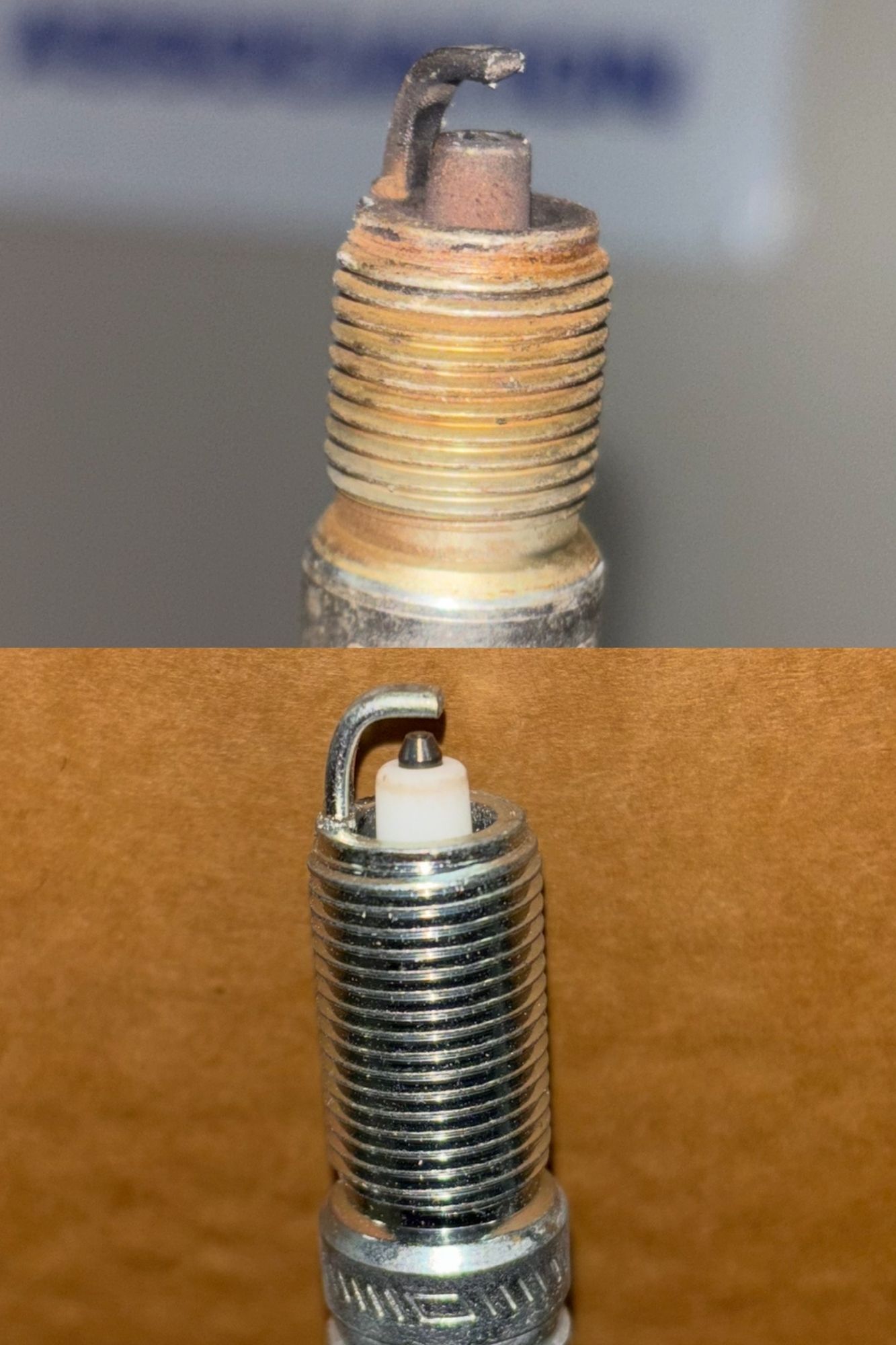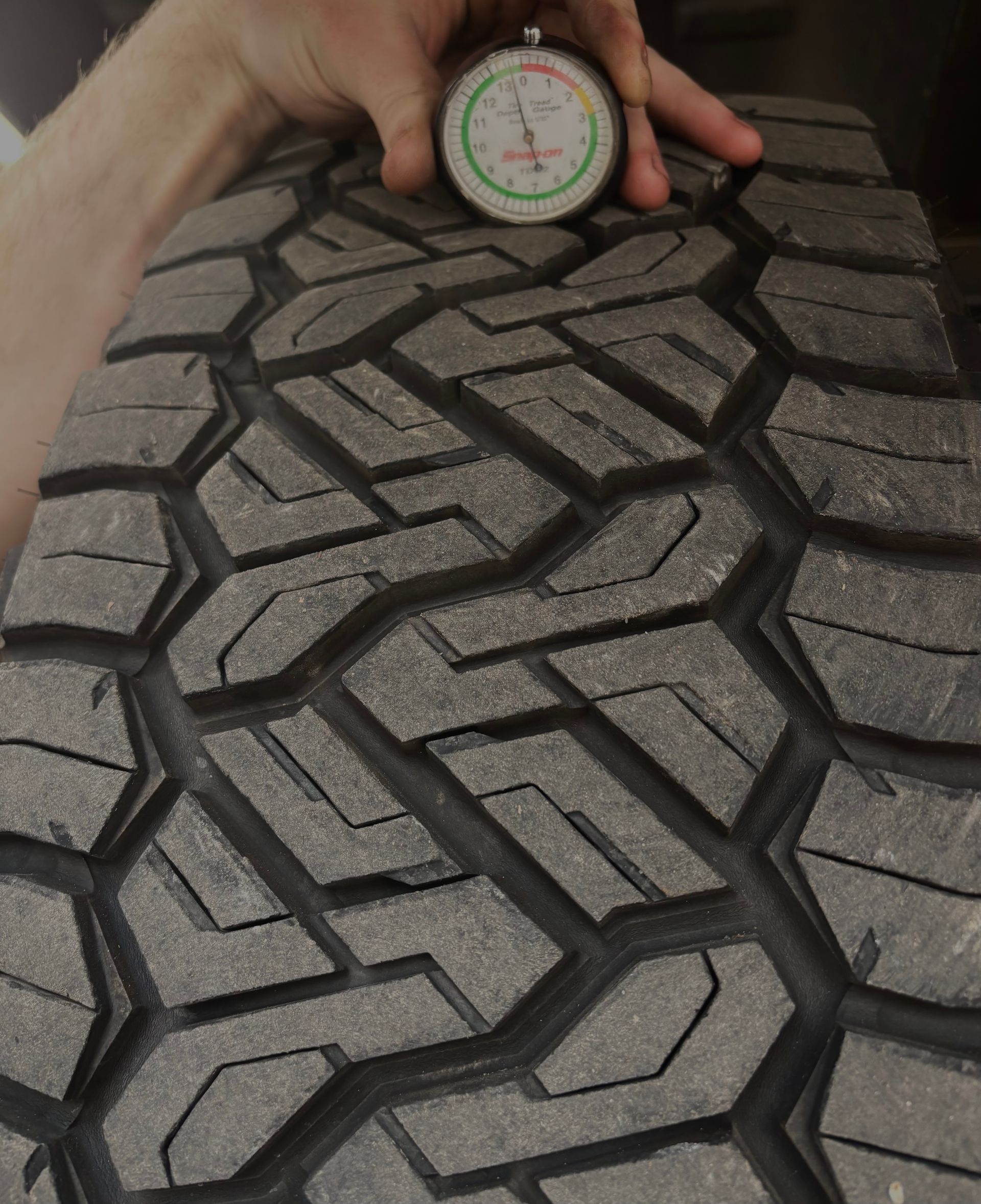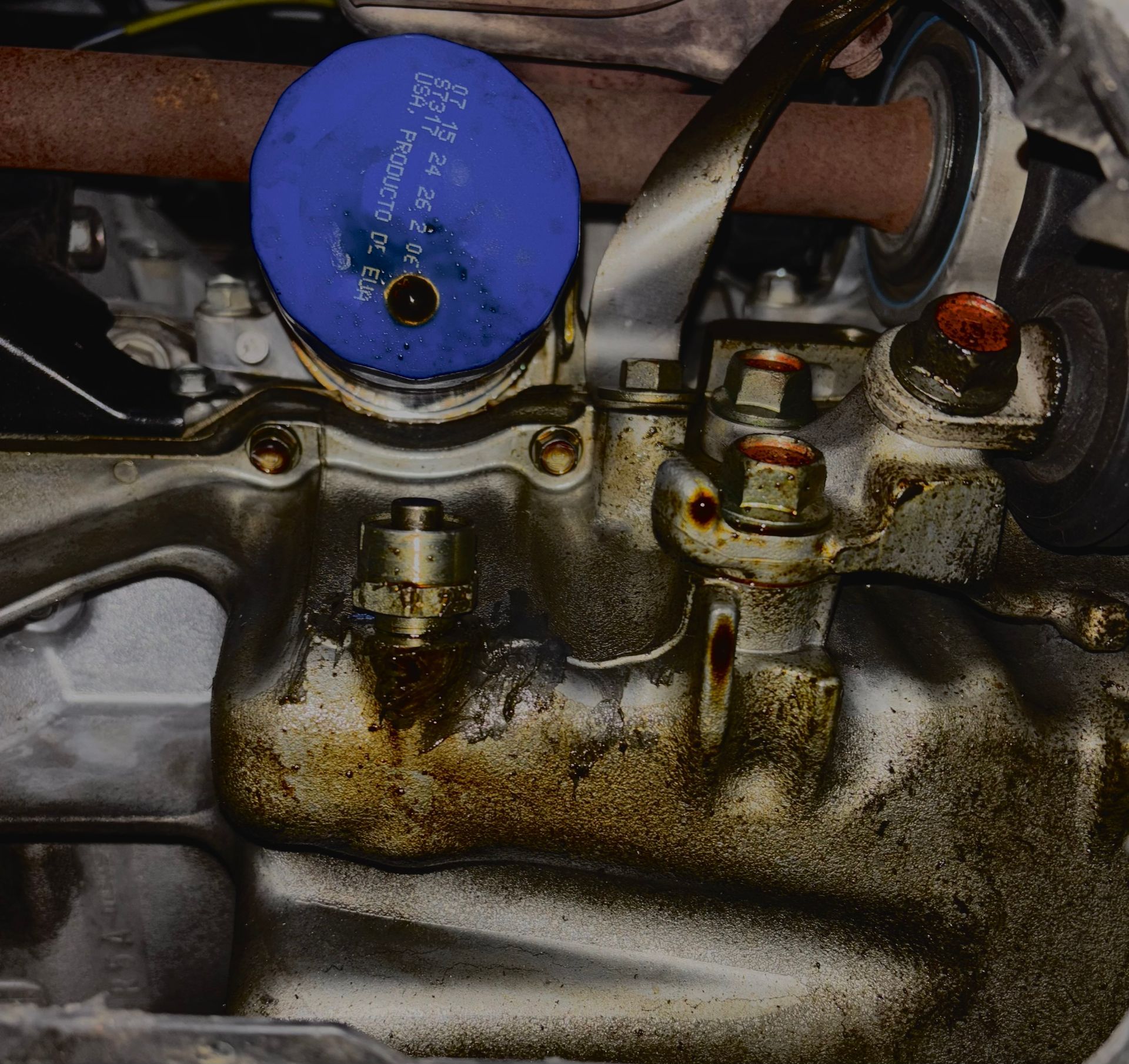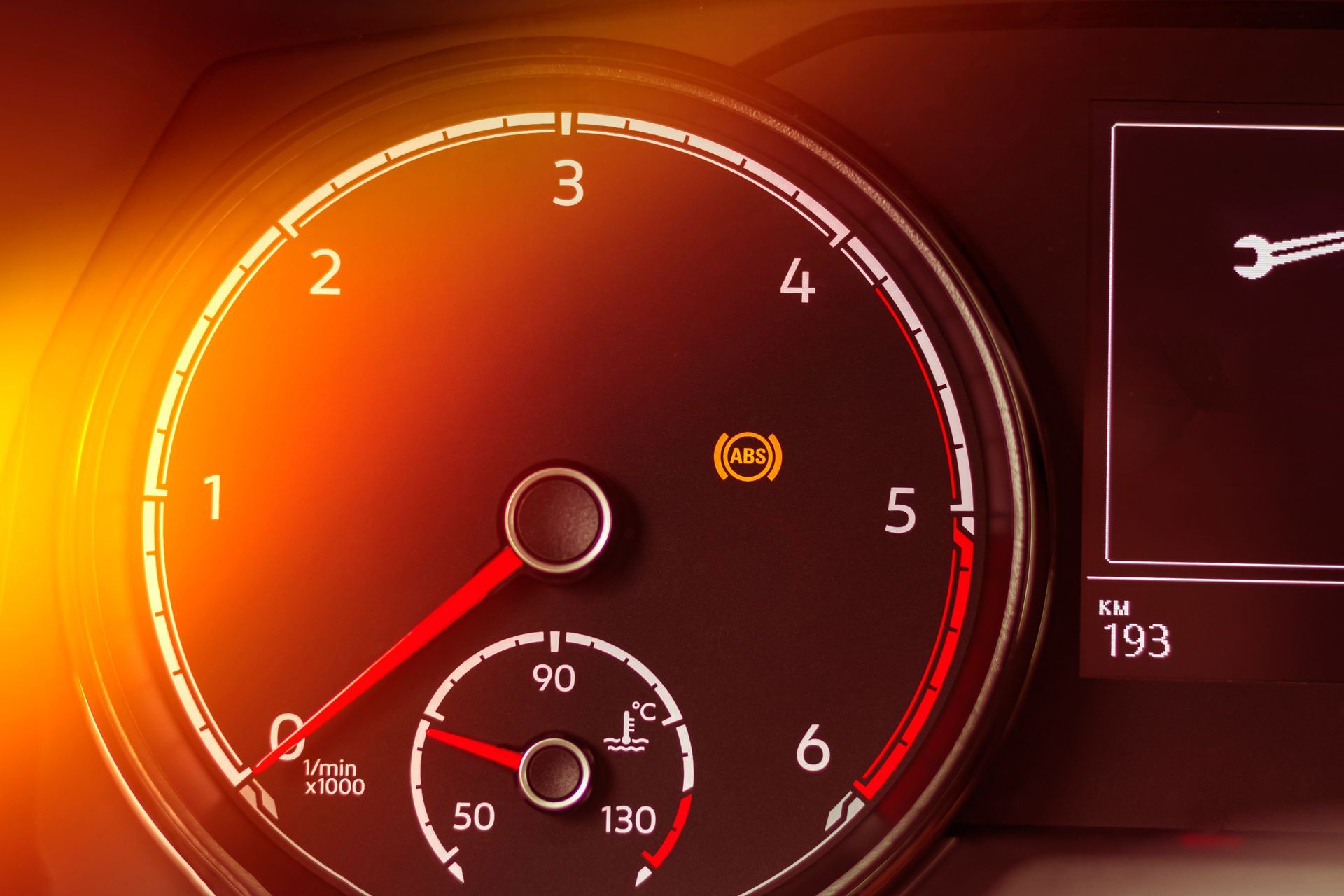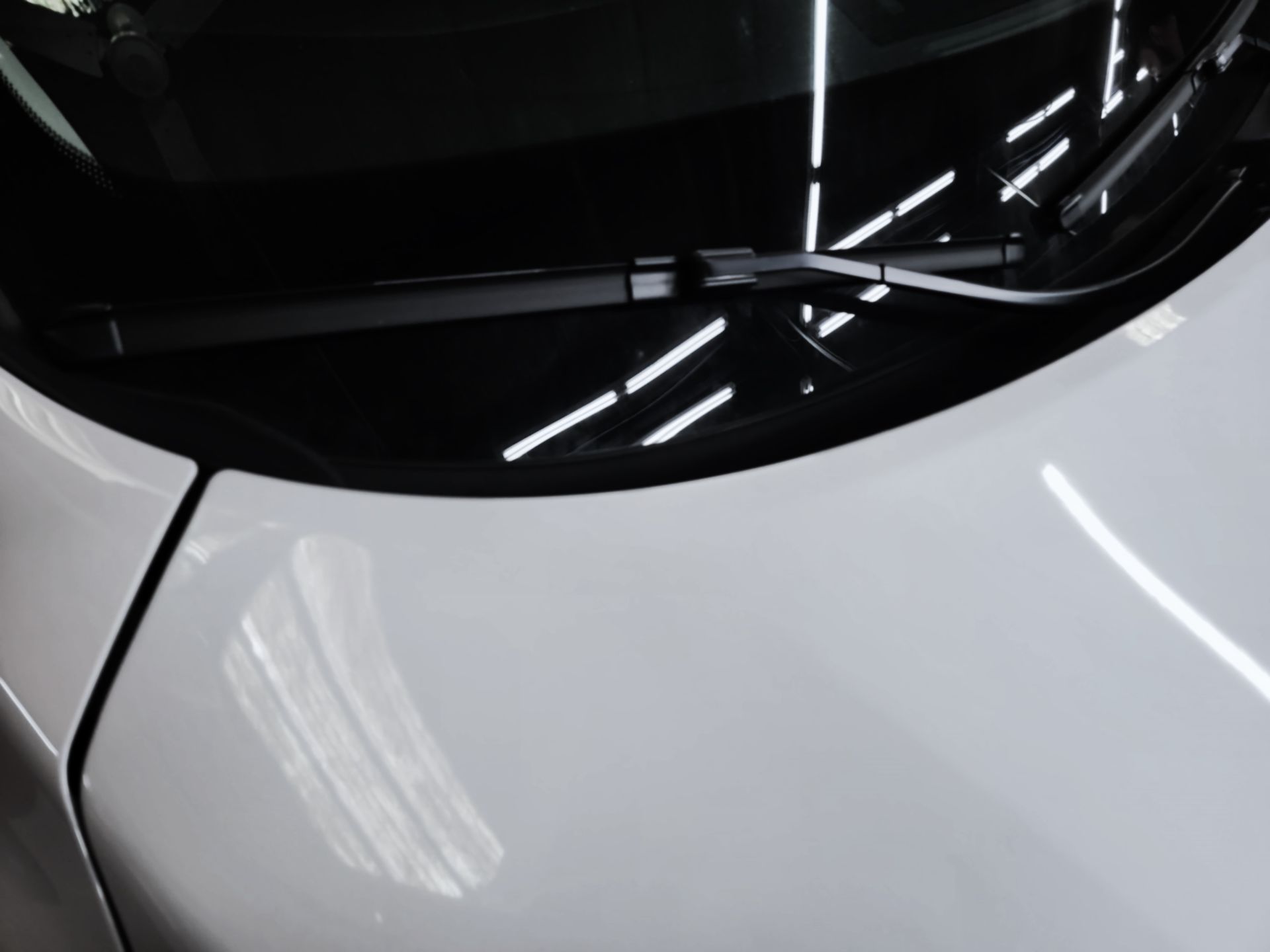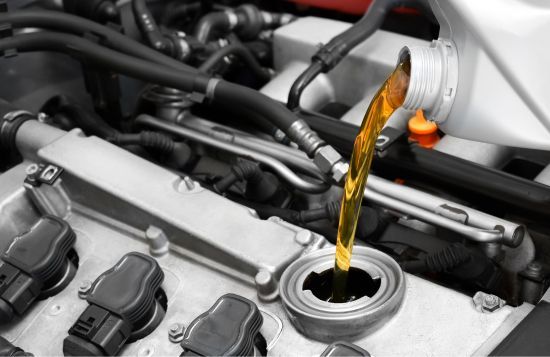Does your car struggle to start on chilly mornings? Many drivers find themselves dealing with dead batteries once the temperature drops. While cold weather might seem like just another seasonal nuisance, it actually plays a direct role in how well your car’s battery functions.
Knowing why this happens will help you stay prepared and avoid getting stranded in your driveway.
How Winter Temperatures Affect Your Battery
Car batteries produce electricity through a chemical reaction. But when temperatures fall, that reaction slows down. At freezing temperatures, a typical battery may lose up to 35% of its strength. In extreme cold, it can drop by more than 50%. That’s why even a battery that worked fine all summer may suddenly let you down in the winter.
At the same time, your engine oil thickens in cold weather, and your car’s starter motor requires more power to turn over the engine. This combination puts added strain on a battery that’s already operating below full strength.
Your Battery Might Already Be Weak
Cold weather doesn’t usually kill a healthy battery overnight. In most cases, it exposes a battery that’s already nearing the end of its life. If your battery is more than three to five years old, it may not have the reserve power needed to handle the added demands of winter driving.
Warning signs of a weak battery include:
- Slow cranking or hesitation when starting the engine
- Dim headlights or dashboard lights
- Needing a jumpstart after sitting overnight
- Frequent need to recharge the battery
Short Trips Drain It Faster
During winter, most of us keep the heater, defroster, and headlights running longer. These accessories draw electrical power, which your alternator works hard to replenish. If you’re only taking short trips, your battery may not have enough time to fully recharge between starts. Over time, this leads to a gradual loss of capacity.
If you combine short trips with an older battery or a charging system issue, you’re likely to run into problems more often.
Parasitic Drains and Hidden Culprits
Sometimes the issue isn’t the cold itself but an electrical component that keeps running even after the car is turned off. This could be a glovebox light, a faulty relay, or even an aftermarket accessory that draws power quietly overnight. These parasitic drains may be small, but in freezing temperatures, they can be enough to leave your battery dead by morning.
Is Your Alternator Doing Its Job
Your alternator is responsible for keeping your battery charged while you drive. If it’s not working properly, your battery may slowly run out of power even though you’re driving regularly. Warning signs of alternator issues include flickering lights, warning lights on the dashboard, and electronics that don’t work consistently.
If you’ve already replaced your battery but it keeps dying, the alternator or voltage regulator might be to blame.
How to Keep Your Battery Alive Through the Winter
To avoid being caught off guard, here are a few steps you can take to protect your battery during the colder months:
- Test your battery before winter hits. A quick battery health check can tell you if it’s time for a replacement.
- Clean the battery terminals. Corrosion can interfere with the flow of electricity. Cleaning the connections helps ensure a solid charge.
- Limit short trips. Try to combine errands or take longer drives occasionally to help recharge the battery.
- Turn off accessories before shutting off the engine. This reduces the load the next time you start the vehicle.
When to Replace Your Battery
If your battery has failed more than once, or if it tests below the manufacturer’s minimum voltage, it’s time to replace it. Most shops can test your battery in just a few minutes, giving you a clear picture of its health.
It’s always better to replace a weak battery before it fails, especially during the winter months when help may not be close by.
Get Reliable Winter Starts at TRC Automotive in Belmont, NC
If your car’s battery keeps dying or you’ve noticed slow starts on cold mornings, don’t wait until it leaves you stranded. At TRC Automotive in Belmont, NC, we offer quick battery diagnostics, replacements, and complete charging system inspections. Our team will help ensure your car starts reliably all winter long.
Book your service today and avoid the hassle of a dead battery in freezing weather.
